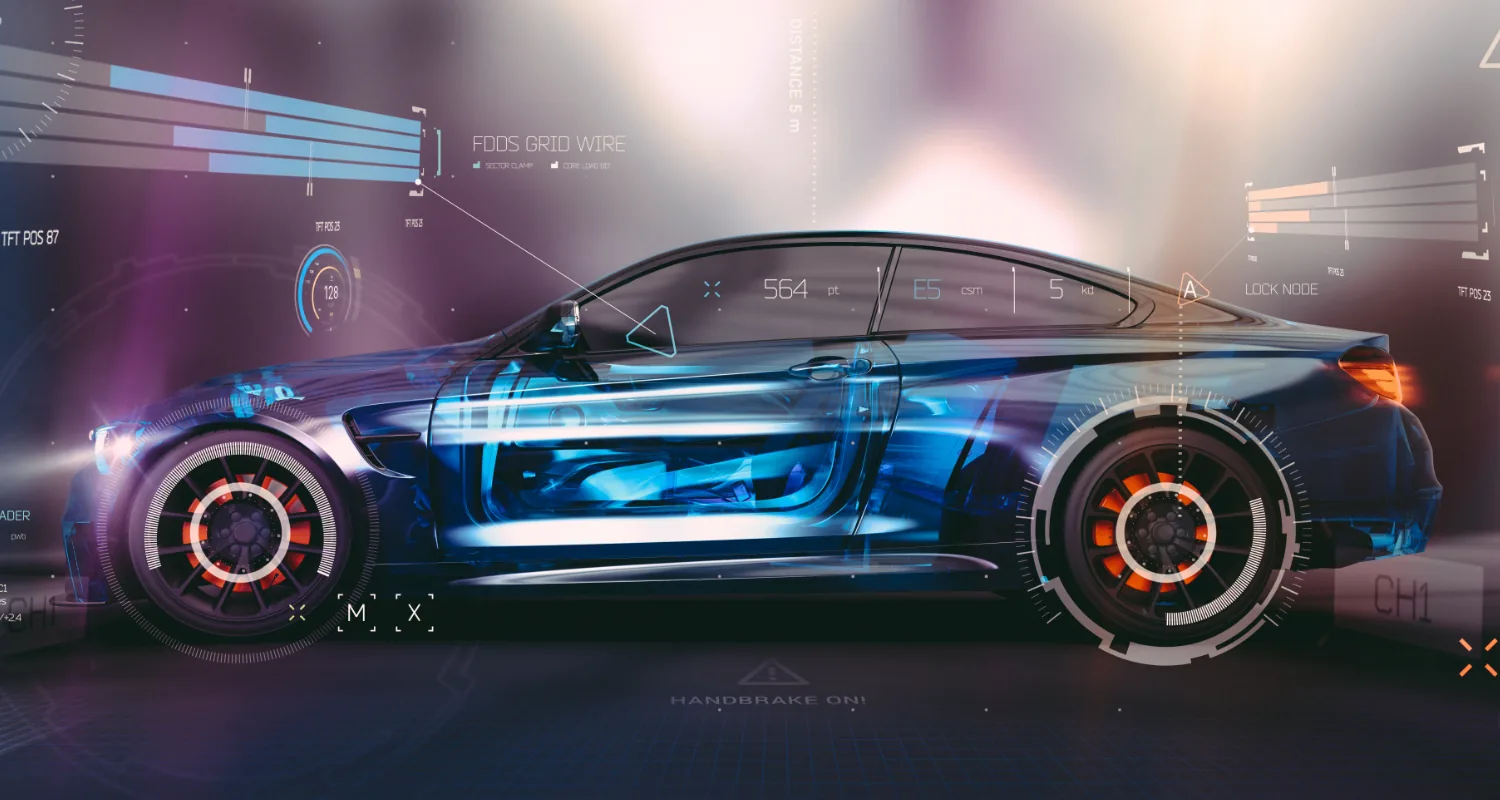After realizing the wide benefits of smart cars, and their merits over conventional gasoline cars the question that still remains unanswered is, are these smart cars really smart enough to be sustainable or not? Smart cars heavily rely on metals like neodymium (a rare earth metal) for their production, due to which environmental laws and legislations are still applied to them.

However, electric vehicles reduce local air pollution since they do not emit harmful tailpipe emissions. These emissions include pollutants such as volatile organic compounds, particulates (soot), hydrocarbons, and oxides of nitrogen, ozone, lead, and carbon monoxide. Road transport is one of the most significant sources of greenhouse gas emissions. These emissions not only affect the environment we live within but also have ill effects on the community living there. Diseases like respiratory and cardiopulmonary disease and lung cancer have been linked to air pollution caused by vehicles. According to a report by World Health Organization (WHO), in Europe, about 13000 deaths of children per year occur due to outdoor air pollution. Electric cars being a non-emitter of roadside emissions contribute significantly to reducing roadside pollution which in turn makes the environment around us healthier and disease-free. Consider the effect it will have on us if we all start driving electric cars. What a healthier world it would be.
The only greenhouse gas emissions linked to smart cars are the emissions from the power sources that charge the vehicles. Charging an electric vehicle with renewable energy sources e.g. wind or solar, will yield very low carbon dioxide emissions, mainly linked to the production and installation of charging systems. However, electric cars which are charged by fossil fuel power plants still produce emissions because of carbon-intensive production in mining, pumping, refining, and transportation linked to fossil fuel power plants. These emissions linked to fossil fuel-powered electric vehicles are still lower than the conventional gasoline car because of zero tailpipe emissions.
The next thing to consider when looking into electric cars’ sustainability in their manufacturing. I think we all will agree that the world’s resources are finite and will come to an end if not used wisely. Conventional cars do not only use too much fuel but also other resources in their manufacturing process to be called sustainable. Automotive manufacturers have already developed technologies to make these smart cars sustainable. However, the most overlooked and most important aspect of the car’s design is the way it is completed as a whole. In other words, how it is combined into an integrated system. Now technologies are available that manufacture cars that require only one-fifth of the power and power density. Also, the body structure is lighter with the elimination of the gearbox and other unnecessary parts and pieces, making it cheaper as well as more sustainable.
SMART is an example of an integrated system and design thinking. Protecting the environment is one of the main rules of the company. The car’s cover which is its outer skin is made from totally recyclable material and is also scratch-resistant making its body more durable. They construct cars in modules and then assemble them. This allows them to dismantle the cars easily too, thus, making recycling more convenient. They have also eliminated most of the harmful components like lead, chromium, mercury, and cadmium from their production process. After complete manufacturing, only 15% of the car is non-recyclable. The smart car also uses innovative energy-efficient and recyclable materials in its construction. In fact, 95% of their vehicle is recyclable.
Powder coating is a type of finishing technique that uses a free-flowing dry powder to paint cars and it also does not require a solvent. SMART now paints its cars with this environmentally friendly method. It uses nearly 40% less energy as compared to previously used painting methods which require a solvent to settle. Also, this method has zero emissions because of the zero solvent used.
Swiss Federal Laboratories for Materials Testing and Research (or EMPA) conducted a detailed life cycle assessment of these cars especially the lithium-ion batteries used as the power source to see the real impact of these on our environment. After the assessment, it turned out that Lithium-ion rechargeable batteries are not as shabby as assumed. About 7.5 percent of the total environmental burden, occurs during the refining and manufacture of the battery’s raw materials. On the other hand, the production of lithium is responsible for only 2.3 percent of the total.
Thus, concluded, with the advancements in the automobile industry, advanced manufacturing procedures have been developed which have developed more sustainable smart electric cars with environmentally friendly batteries. However, we need to shift to renewable energy sources and start to emit fossil fuel power plants, since they are the main elements adding to environmental pollution from smart cars while charging it.













